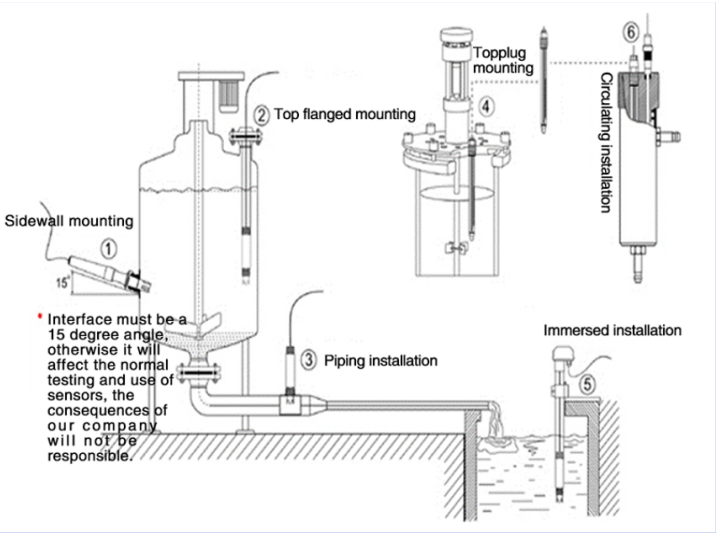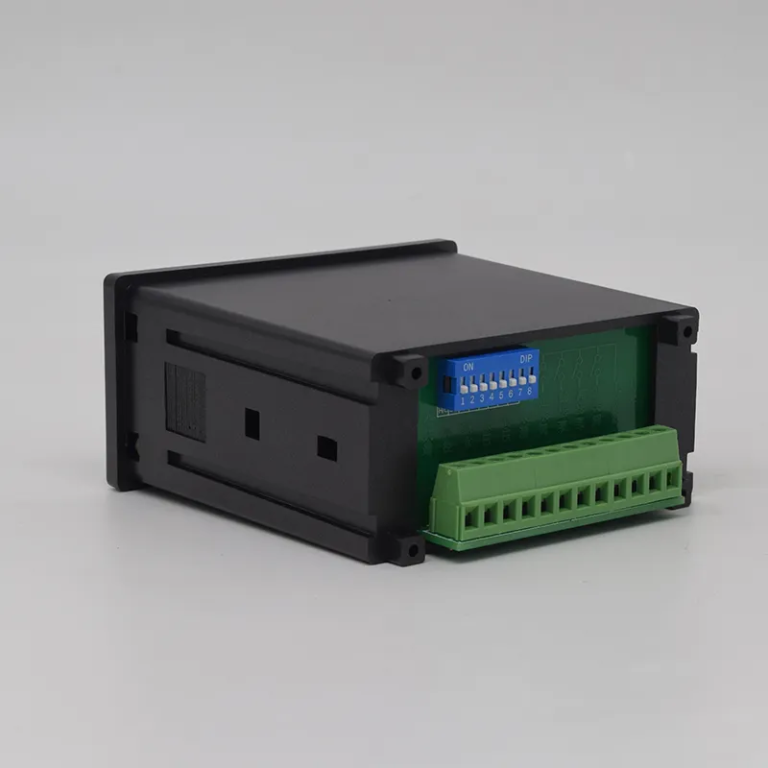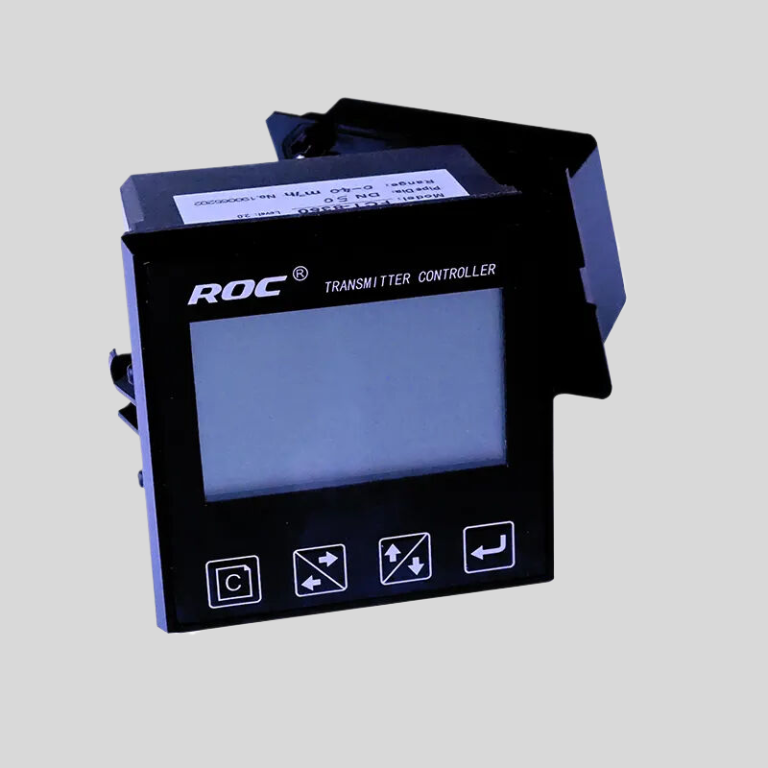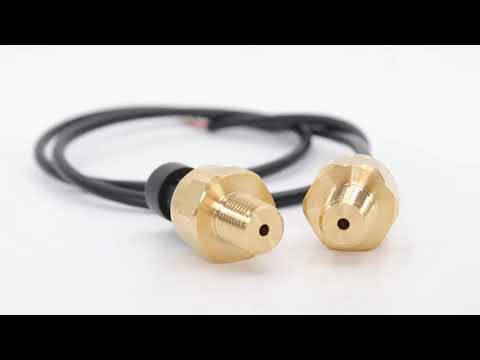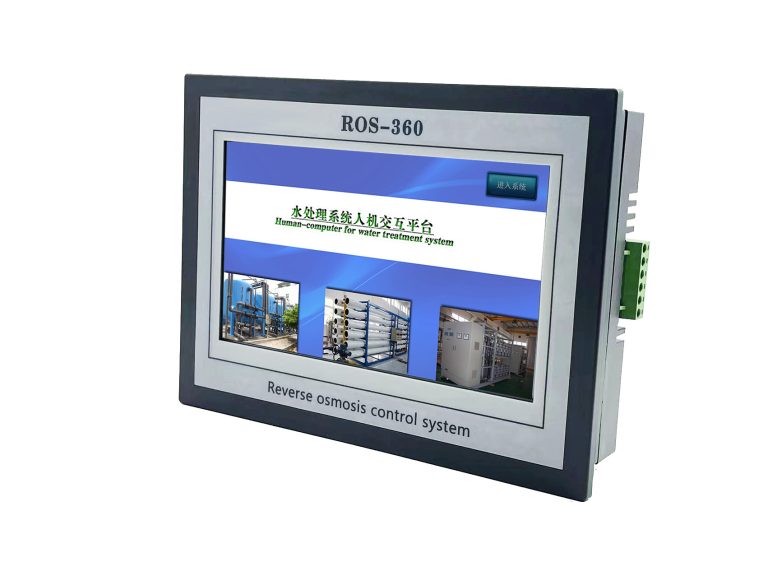Table of Contents
The Importance of Monitoring Total Dissolved Solids (TDS) in Your Water
Total Dissolved Solids (TDS) refer to the combined content of all inorganic and organic substances contained in a liquid that are present in a molecular, ionized, or micro-granular suspended form. Monitoring TDS levels in water is crucial for ensuring water quality and safety. TDS can include various substances such as minerals, salts, metals, cations, anions, and organic compounds. These substances can come from natural sources like rocks and soil, as well as human activities like agriculture, industrial processes, and urban runoff.
High TDS levels in water can indicate contamination and affect the taste, odor, and overall quality of the water. Excessive TDS can also lead to health risks if consumed regularly. On the other hand, low TDS levels may indicate a lack of essential minerals in the water. Therefore, monitoring TDS levels is essential for both human health and environmental protection.
One common tool used to measure TDS levels in water is a TDS Meter. A TDS meter measures the conductivity of water, which is directly related to the concentration of dissolved solids in the water. TDS meters are simple to use and provide quick and accurate readings of TDS levels. By regularly monitoring TDS levels with a TDS meter, individuals and organizations can ensure that their water meets quality standards and is safe for consumption.
In addition to ensuring water quality for drinking purposes, monitoring TDS levels is also important for various other applications. For example, in agriculture, TDS levels in irrigation water can affect soil quality and crop growth. High TDS levels in irrigation water can lead to salt buildup in the soil, affecting plant health and productivity. By monitoring TDS levels in irrigation water, farmers can make informed decisions about water usage and soil management practices.
Furthermore, in industrial processes, TDS levels in water can impact the efficiency and effectiveness of various processes. High TDS levels can lead to scaling in pipes and equipment, reducing their lifespan and increasing maintenance costs. By monitoring TDS levels regularly, industries can implement appropriate treatment measures to maintain water quality and optimize their operations.
Overall, monitoring TDS levels in water is essential for ensuring water quality, protecting human health, and preserving the environment. TDS meters provide a convenient and reliable way to measure TDS levels accurately. By incorporating TDS monitoring into regular water quality management practices, individuals, businesses, and communities can ensure that their water is safe, clean, and free from harmful contaminants.
How to Choose the Right TDS Meter for Your Specific Needs
Total Dissolved Solids (TDS) meters are essential tools for measuring the concentration of dissolved solids in water. Whether you are a homeowner concerned about the quality of your drinking water or a professional in the agriculture or aquaculture industry, choosing the right TDS meter is crucial. With a wide range of options available on the market, selecting the most suitable TDS meter for your specific needs can be a daunting task. In this article, we will guide you through the key factors to consider when choosing a TDS meter to ensure you make an informed decision.
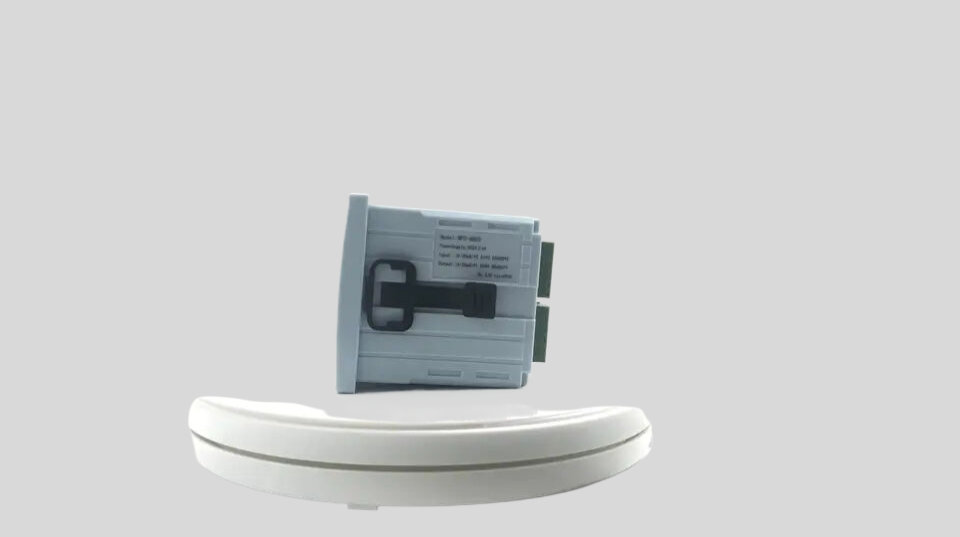
The first step in selecting the right TDS meter is to determine your specific requirements. Consider the intended use of the meter – whether it is for testing drinking water, aquarium water, hydroponic solutions, or industrial processes. Different applications may require different levels of accuracy and precision, so identifying your primary use case is essential.
Accuracy and precision are critical factors to consider when choosing a TDS meter. Look for a meter that offers a high level of accuracy to ensure reliable measurements. Additionally, consider the resolution of the meter, which determines the smallest detectable change in TDS levels. For most applications, a resolution of 1 ppm (parts per million) is sufficient, but some industries may require higher precision.
| Model | DO-810/1800 dissolved oxygen meter |
| Range | 0-20.00 mg/L |
| Accuracy | ±0.5% FS |
| Temp. Comp. | 0-60℃ |
| Oper. Temp. | 0~60℃ |
| Sensor | dissolved oxygen sensor |
| Display | Segment code operation/128*64 LCD Screen(DO-1800) |
| Communication | Optional RS485 |
| Output | 4-20mA output High/Low limit double relay control |
| Power | AC 220V±10% 50/60Hz or AC 110V±10% 50/60Hz or DC24V/0.5A |
| Working Environment | Ambient temperature:0~50℃ |
| Relative humidity≤85% | |
| Dimensions | 96×96×100mm(H×W×L) |
| Hole Size | 92×92mm(H×W) |
| Installation Mode | Embedded |
Another important consideration is the measurement range of the TDS meter. Ensure that the meter you choose can accurately measure the TDS levels in your water source. Some meters have a limited measurement range, so it is crucial to select a meter that covers the full range of TDS levels you need to measure.
Ease of use and portability are also key factors to consider when choosing a TDS meter. Look for a meter that is user-friendly and easy to operate, with clear instructions for calibration and use. Portability is essential, especially if you need to test water quality in multiple locations. Consider the size and weight of the meter, as well as the availability of carrying cases or storage options for convenient transport.
When selecting a TDS meter, it is important to consider the durability and build quality of the device. Choose a meter that is made from high-quality materials and is designed to withstand regular use in various environments. Some meters are water-resistant or waterproof, which can be beneficial if you need to test water samples in wet or humid conditions.
| Model | ROC-8221 Single Stage Double Channels ro controller | ||
| Conductivity Measurement Range | Raw Water | 10.0cm-1 | (0-20000)μs/cm |
| 1.0cm-1 | (0-2000)μS/cm | ||
| Product Water | 1.0cm-1 | (0-2000)μS/cm | |
| 0.1cm-1 | (0-200)μS/cm | ||
| Accuracy | 1.5 level | ||
| Working pressure of conduct cell | (0~0.5)MPa | ||
| Automatic temperature compensation | Temperature compensation range (0~50)℃ | ||
| Effective distance | ≤20m (standard 5 m ,or ordered ahead) | ||
| Displaying mode | LCD 128×64 backlight ,Display Settings menu and status message in English or Chinese can be selection | ||
Finally, consider additional features that may be useful for your specific needs. Some TDS meters offer temperature compensation, which adjusts the TDS readings based on the temperature of the water. Other meters may have data logging capabilities or built-in memory for storing measurements.
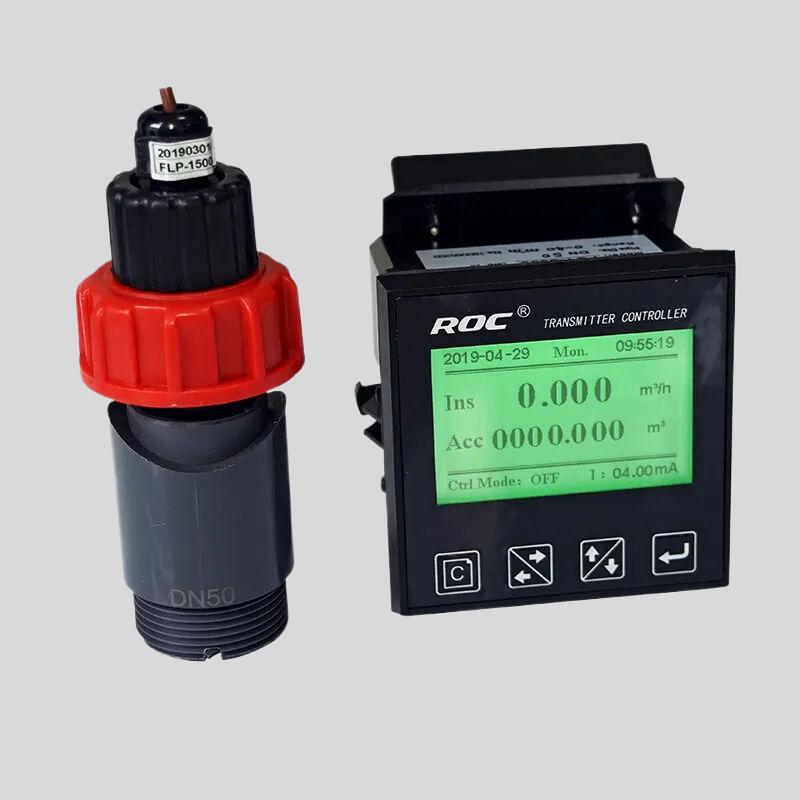
In conclusion, choosing the right TDS meter requires careful consideration of your specific requirements, including accuracy, precision, measurement range, ease of use, portability, durability, and additional features. By evaluating these factors and selecting a meter that meets your needs, you can ensure accurate and reliable measurements of TDS levels in water.

